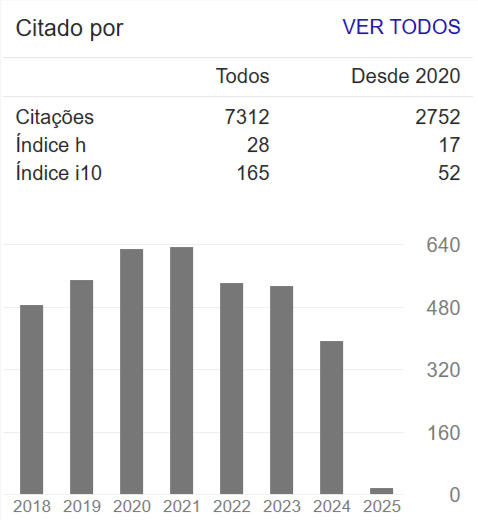Variations in groundwater composition of the Serra Geral Aquifer System in Brazilian territory and its relationship with hydrogeochemical anomalies
Abstract
The Serra Geral Aquifer System (SASG), which extends through the territories of Brazil, Argentina, Paraguay and Uruguay, represents an important groundwater reservoir, and its water is mostly used to public supply and industrial and agriculture activities in the region. However, despite its quality, several hydrogeochemical anomalies have been reported. More than 4,000 chemical analytical reports from tubular wells drilling on the SASG were analyzed, and results were compared to the standards of CONAMA Resolution 396/2008 and Ministry of Health Consolidation Order nº5/2017 for selected parameters (pH, total dissolved solids, chloride, nitrate, sulfate, fluorine and sodium). More than 96% of the analysis attempted the selected standards for drinking water. The restrictive elements, in order of importance were: fluorine, chloride, sodium, sulfate, total dissolved solids, nitrate and pH. Based on spatial distribution of the analyzed parameters, it was possible to identify anomalous zones along the border between SC and RS states, in the southwestern portion of RS state and center of SP state. These anomalies were associated to water/rock interaction, land use and occupation and also due to groundwater upward flow from the Guarani Aquifer System (GAS) towards the basalts.

















